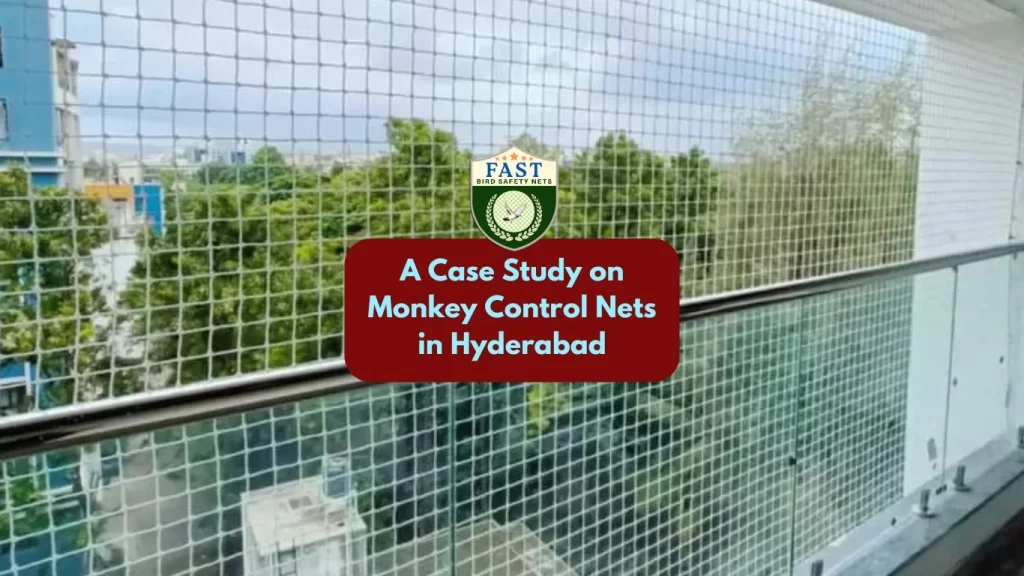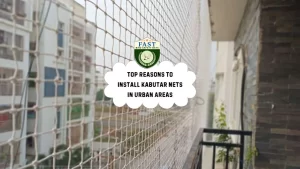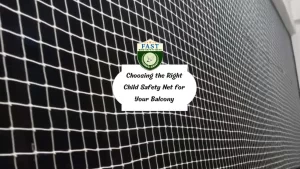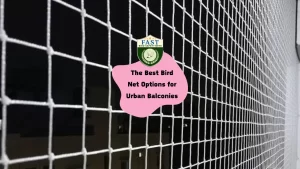In urban areas like Hyderabad, the presence of monkeys can pose significant challenges, including property damage, nuisance behavior, and potential health risks. Recognizing the need for effective monkey control measures, a residential complex in Hyderabad embarked on a project to install monkey control nets. This case study delves into the process, challenges, and outcomes of implementing monkey control nets in Hyderabad.
Background:
The residential complex, situated in a suburban area of Hyderabad, had been experiencing recurring issues with monkey intrusion. Residents reported incidents of property damage, aggressive behavior from monkeys, and concerns about safety, particularly for children and elderly residents. Traditional deterrent methods such as scare tactics and barriers proved ineffective in deterring monkeys from entering the premises.
Planning and Implementation:
Assessment and Consultation: The residential complex conducted a thorough assessment of the monkey problem, consulting with wildlife experts and pest control professionals to devise a suitable solution.
Customized Netting Solution: Based on the assessment findings, a customized monkey control netting system was designed and tailored to the specific requirements of the residential complex. The netting was strategically installed around vulnerable areas such as rooftops, balconies, and common areas to prevent monkey intrusion.
Professional Installation: A team of experienced technicians was enlisted to install the monkey control nets, ensuring proper alignment, tension, and security to withstand monkey attempts to breach the barrier.
Challenges and Solutions:
Adaptability of Monkeys: One of the main challenges faced during implementation was the adaptability of monkeys to traditional deterrent methods. To address this, the netting system was reinforced with additional features such as overhangs and tensioned wires to prevent monkeys from climbing or bypassing the nets.
Community Engagement: Overcoming skepticism and resistance from some residents regarding the effectiveness and aesthetics of the netting required proactive communication and community engagement efforts. Regular updates, informational sessions, and demonstrations showcasing the benefits of the netting helped garner support from the community.
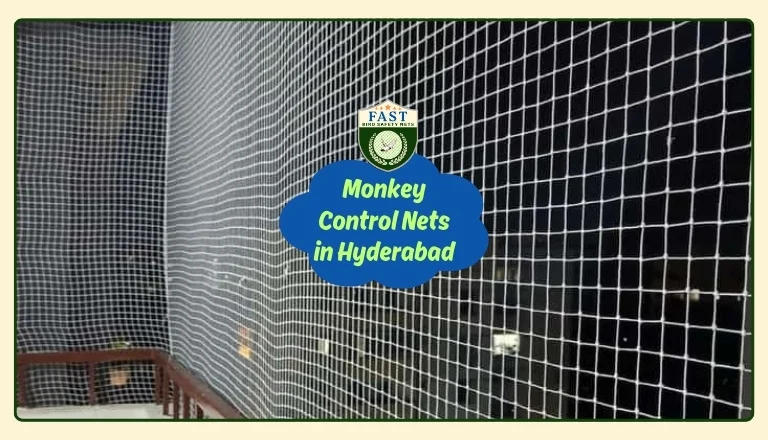
Outcomes and Benefits:
Effective Monkey Deterrent: The implementation of monkey control nets proved highly successful in deterring monkeys from entering the residential complex. Residents noted a significant decrease in monkey sightings and incidents of property damage following the installation of the nets.
Improved Safety and Peace of Mind: With the threat of monkey intrusion minimized, residents experienced improved safety and peace of mind. Parents felt reassured knowing that their children could play outdoors without the risk of encountering monkeys, while elderly residents felt more secure moving around the complex.
Preservation of Property and Amenities: The monkey control nets helped preserve the integrity of property and amenities within the residential complex. Gardens, balconies, and common areas remained free from monkey-related damage and nuisance behavior, enhancing the overall aesthetic appeal and functionality of the complex.
Long-Term Sustainability: The monkey control nets provided a long-term and sustainable solution to the monkey problem. Unlike temporary deterrent methods that require constant maintenance and upkeep, the nets offered continuous protection with minimal maintenance requirements, ensuring lasting effectiveness.
Community Satisfaction: The successful implementation of monkey control nets garnered widespread satisfaction and appreciation from the community. Residents expressed gratitude for the proactive approach taken by the residential complex in addressing the monkey issue and praised the tangible results achieved through the installation of the nets.
Conclusion:
The case study highlights the effectiveness of monkey control nets as a practical and sustainable solution to the challenges posed by monkey intrusion in urban areas like Hyderabad. By conducting thorough assessments, customizing netting solutions, and engaging with the community, the residential complex successfully mitigated the monkey menace and enhanced the quality of life for its residents. As urban areas continue to grapple with wildlife conflicts, the adoption of innovative measures such as monkey control nets offers a promising path towards coexistence and harmony between humans and wildlife.

